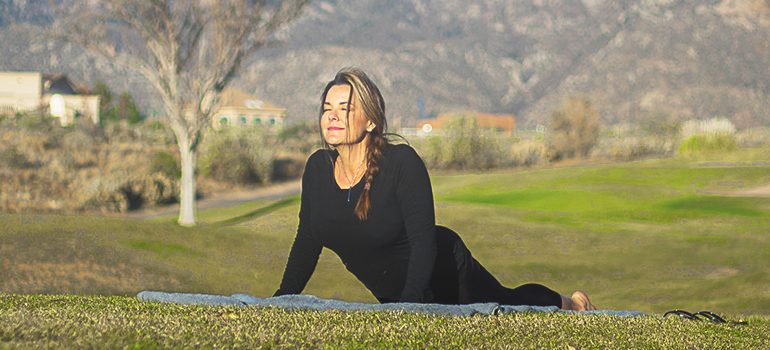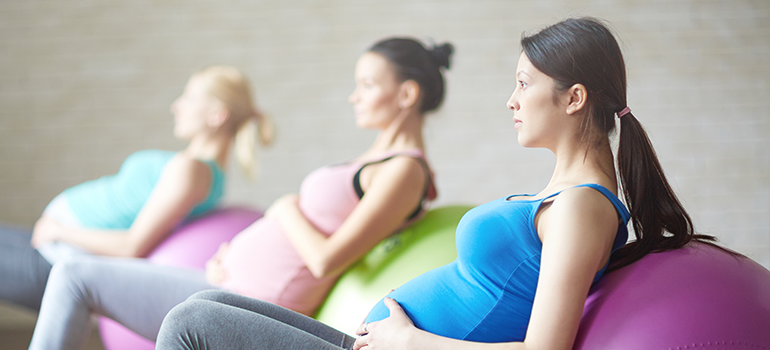Is it just me, or is there something about late fall, after the leaves have fallen off the trees, and the onset of winter approaches, that penetrates the soul? It’s cold, it’s gloomy, it’s dark and it is officially time to hibernate.
You may wonder, what is SAD? I never knew what Seasonal Affective Disorder (SAD) was until I spent a couple of years living in England. It was kinda like living in a snow globe with cloudy water and no snow, or at least that’s what I was feeling at the time.
I felt this way because I was living alone, in a small flat, isolated, not sleeping well, dealing with anxiety, and just waiting for nicer weather so I could get outside and explore.
I waited…and waited…and waited…until I started realizing the weather wasn’t going to change, and if I stayed stuck inside, it was to my detriment, so I got help and started taking action.
What is SAD?
SAD is a type of depression that occurs in a recurring seasonal pattern. For most people, SAD happens in the late fall, early winter.
Seasonal Affective Disorder Symptoms
The National Institute of Mental Health lists these SAD symptoms:
- Feeling depressed most of the day, nearly every day
- Feeling hopeless or worthless
- Losing interest in activities you once enjoyed
- Having problems with sleep
- Experiencing changes in your appetite or weight
- Feeling sluggish or agitated
- Having difficulty concentrating
- Having frequent thoughts of death or suicide.
- Having low energy
- Hypersomnia
- Overeating
- Weight gain
- Craving for carbohydrates
- Social withdrawal (feel like “hibernating”)
Seasonal Affective Disorder More Common for Women
Research about depression in women shows:
- Depression in women is more common than men.
- There are unique types of depression in women that can occur during pregnancy, the postpartum period and perimenopause.
- Symptoms of depression in women vary greatly.
- Biological, hormonal and social factors can play a role in depression in women.
- Depression in women can be treated
- There is not a “one-size-fits-all” treatment for depression in women, so it’s important to work with a healthcare provider to find options that work best.
But there are actions you can take to help counteract Seasonal Affective Disorder including:
Seek medical help
If you think you might be experiencing more than the “winter blues,” go see your healthcare provider. I know sometimes we are reluctant to reach out for help. But no matter the season, if you’re feeling depressed, there are people who can help.
Take your workout outdoors
I know the weather may not be ideal, but this is something I truly believe saved my life during my stay in England. I decided to start training for a marathon. Say what!? I committed to a 16-week workout program that forced me outside most days to train in the rain.
I’m not saying you need to go run a marathon, but since exercise is an all-natural treatment to ward off depression, MOVE YOUR BODY!
Not sure what type of equipment-free workout to do on a sunny (or cloudy) winter’s day? Check out our Afterburn at Home workouts on the LadyBossⓇ Pocket Personal Trainer!
Sun’s out, get your buns out
Capitalize on great weather! When the sun is shining, be intentional about making the most of it!
If it’s cold, bundle up; we all know how precious those good-weather days are in winter. Getting outside in the natural light boosts your Vitamin D, which is an essential vitamin for calcium absorption and bone growth, and is said to help lower the risk of disease.
Invest in a “happy lamp”
Light therapy has been around since the 1980s as a way to treat SAD. The thought is that exposure to artificial light, emulating natural outdoor light, affects chemicals in the brain linked to mood and sleep. Light therapy has few side effects and is typically a safe treatment.
If you live in an area that has very limited hours of sunlight or you spend most daytime hours indoors, check into getting a lightbox!
Take action
If you find yourself googling “what is SAD” for information, or if you find your mood shifting as the seasons change and you recognize Seasonal Affective Disorder symptoms, schedule a visit with your doctor to discuss how you’re feeling.
To help kick the “winter blues,” try getting outside and soaking in some Vitamin D, getting your workout in, and using a happy lamp.
















